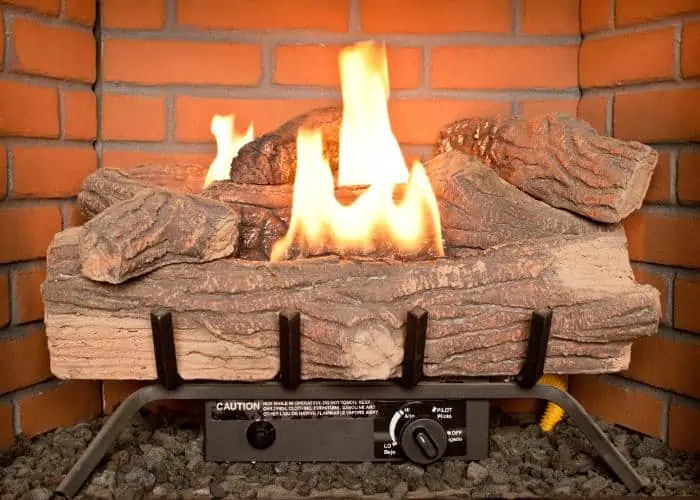How to fix a fireplace damper?
A fireplace damper is a critical component of any wood-burning fireplace. It controls the flow of air and smoke, ensuring that the fire burns efficiently and safely. If your fireplace damper is not working correctly, it can lead to a host of problems, including smoke and carbon monoxide buildup, decreased efficiency, and increased energy costs. In this article, we’ll explore how to fix a fireplace damper, so you can enjoy a safe and efficient fire all winter long.
(Looking For “gas fireplace grate repair“? Contact us today?)

Step 1: Identify the Problem.
Before you can fix your fireplace damper, you need to identify the problem. There are several common issues that can cause a damper to malfunction, including rust, debris buildup, and misalignment. If you notice that your damper is difficult to open or close, or if you smell smoke or gas coming from your fireplace, these are signs that your damper may need repair.
Step 2: Clean the Damper.
If your damper is difficult to open or close, it may be due to debris buildup. Over time, soot, dirt, and other debris can accumulate on the damper, making it harder to operate. To clean the damper, remove any visible debris with a brush or vacuum cleaner. If the damper is still difficult to operate, you may need to use a rust remover or lubricant to help loosen the mechanism.
Step 3: Check the Alignment.
If your damper is misaligned, it can prevent it from opening or closing properly. To check the alignment, shine a flashlight up the chimney and look for any obstructions or signs of damage. You may need to remove the damper to get a better look. If you notice any misalignment or damage, you may need to call a professional to repair or replace the damper.
Step 4: Repair or Replace the Damper.
If your damper is rusted or damaged beyond repair, you may need to replace it. To do this, you’ll need to remove the old damper and install a new one. If you’re not comfortable doing this yourself, it’s best to hire a professional to ensure that the job is done safely and correctly.
Step 5: Test the Damper.
Once you’ve repaired or replaced your damper, it’s important to test it to ensure that it’s working correctly. Open and close the damper several times to make sure that it’s operating smoothly. Light a fire in the fireplace and check for smoke or gas buildup. If you notice any issues, turn off the fire immediately and call a professional.
In conclusion, fixing a fireplace damper is a relatively simple process that can be done with a few basic tools and some know-how. Regular maintenance and cleaning can help prevent damper issues from occurring in the first place. Always follow the manufacturer’s instructions for the proper use and maintenance of your fireplace, and never leave a lit fireplace unattended. With these simple tips, you can enjoy a safe and efficient fire all winter long.

